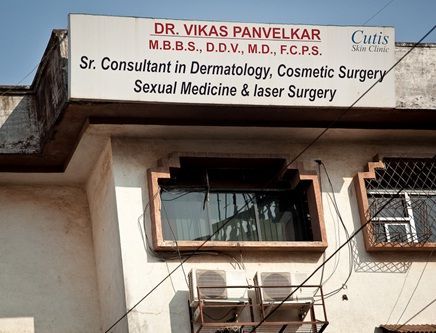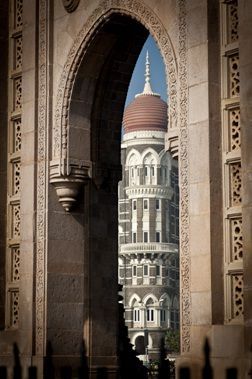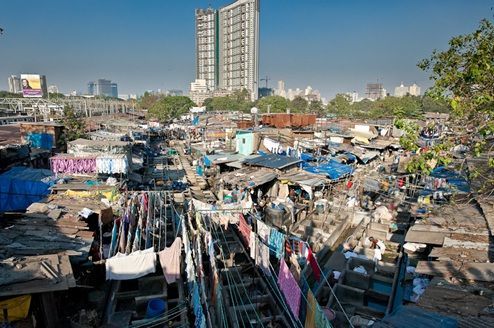- Revenue Cycle Management
- COVID-19
- Reimbursement
- Diabetes Awareness Month
- Risk Management
- Patient Retention
- Staffing
- Medical Economics® 100th Anniversary
- Coding and documentation
- Business of Endocrinology
- Telehealth
- Physicians Financial News
- Cybersecurity
- Cardiovascular Clinical Consult
- Locum Tenens, brought to you by LocumLife®
- Weight Management
- Business of Women's Health
- Practice Efficiency
- Finance and Wealth
- EHRs
- Remote Patient Monitoring
- Sponsored Webinars
- Medical Technology
- Billing and collections
- Acute Pain Management
- Exclusive Content
- Value-based Care
- Business of Pediatrics
- Concierge Medicine 2.0 by Castle Connolly Private Health Partners
- Practice Growth
- Concierge Medicine
- Business of Cardiology
- Implementing the Topcon Ocular Telehealth Platform
- Malpractice
- Influenza
- Sexual Health
- Chronic Conditions
- Technology
- Legal and Policy
- Money
- Opinion
- Vaccines
- Practice Management
- Patient Relations
- Careers
Mumbai: Gateway to Southern India
South India is a materialistic society, which means there are higher degrees of education compared to northern India. However, the country's unemployment rate is still a very high 38%.
Photography by Thomas M. Mueller
In India the
unemployment is at
38%.
When there are more porters than passengers in the airport's luggage pick up, it says something. In this case, it wasn’t that the planes weren’t full; it was a sign of how many people needed employment. As a result, there are many more than required doing the same task, and I assume they are doing them at lower wages too, probably just tips for the porters.
Of the 1.2 billion people in the country, 16 to 20 million live in Mumbai — old Bombay and our port of entry. As we left the air-conditioned luggage pickup in the airport, another reminder of its masses hit us — the odor. The passenger collection area is not air conditioned. Even close to midnight, nearly the coolest part of the day, the collective smell of thousands of human bodies in 81 degree weather wafts an aroma.

An example of a building in colonial Mumbai that is not appealing. Though it is modern, it reflects the flavor of the colonial part of the city, indifference to maintaining the beauty of its past.
My husband and I had a driver waiting, which made our 45-minute trip to our hotel stress free and uneventful. However, we couldn’t help but notice that as we approached our accommodation, the neighborhood became visibly better. It was made up of old colonial mansions and new apartments.
The once-grand houses are, for the most part, not kept up. They look like decrepit old ladies wearing their fashionable clothes of 40 or 50 years ago. They have no hope for anyone caring for them now. Their previous glamorous life, the colonial era, is gone forward.

A view of the Taj Mahal Hotel from the Gateway of India.
We stayed at the Taj Mahal, known to be one of the best hotels in the world. Many times during our two days and nights in Mumbai I thought about how it provided a welcome retreat. It is located on the Arabian Sea at the “Gateway to India,” a monument built in 1911 for George V’s visit. Our standard room looked directly on this gate. It was comfortable, had nightlights, a great shower and everything worked flawlessly. Even the masala tea in the room, a brew with Indian spice added, gave a sense of wellbeing.

The interior of the Price of Wales Museum.
Our first adventure the next day was a trip to the Price of Wales Museum less than 10 minutes from our hotel. That would be if we had found it directly. Indeed, we did go left from the hotel as directed, but the museum had no signage and was on the opposite side of a large thoroughfare street. This meant that we missed the museum and walked much further than needed. After becoming hot and irritable, we finally decided to turn back and then the museum appeared, though not magically — after asking two or three people.
Though the architecture was of the period, the objects were of less interest when compared to major museums, such as the Victoria and Albert in London or the Metropolitan Museum of Art in New York City. Still it is said to be the best museum in Mumbai and reportedly measurably better than the Modern Art Museum nearby.

The outdoor laundry in Mumbai; notice the juxtaposition of the laundry to the modern building in the background.
The distribution of religions in Mumbai is 80% Hindu, 20% Muslim, 5% Christian and 5% other. Our guide, during a bus tour to the outdoor laundry, the Gandhi Museum and a Jain Temple, made a point of telling us that South India is a materialistic society leading to higher degrees of education and thereby a more moderate political approach than the north.
The north, on the other hand, she indicated, is paternalistic (emanating from the higher percentage of Muslims than the South) and thereby has a lower educational level and more extremism. She suggested that this could eventually make a serious divide in India, one that could smother the currently impressive economic growth.
Elephanta Island, a UNESCO Heritage site, is just a boat ride from the Taj Mahal Hotel in Mumbai.
Next:
